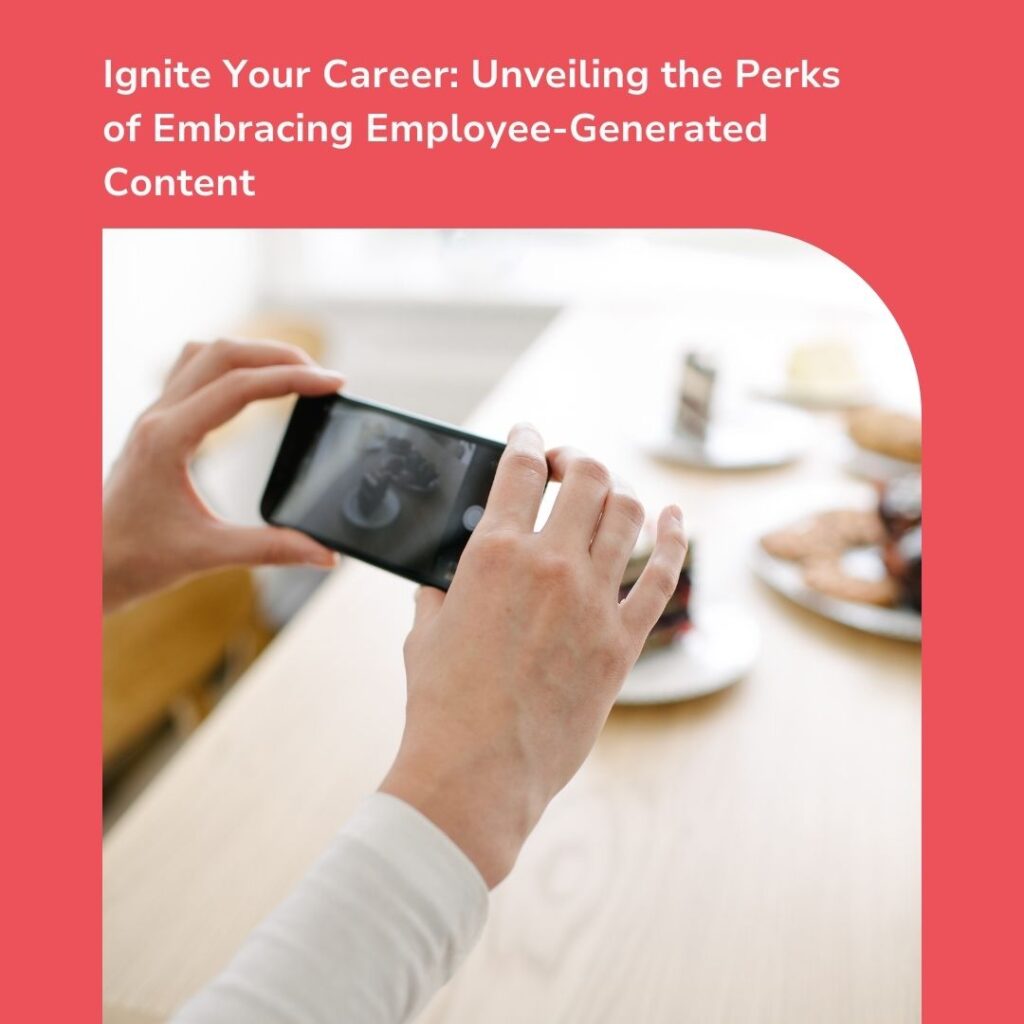When it comes to understanding your property customers, behavioural science can be a powerful tool.
By studying the different ways that people interact with your website or property, you can gain valuable insights into what makes them tick.
In this blog post, we will discuss some of the key findings from behavioural science research, and how you can apply them to your own business.
Break Down Your Sequences
According to behavioural psychologists, when people recall an event, they do not recall every detail of it (unless the experience was brief and traumatic). Rather than recalling every moment, they focus on a few key moments while forgetting about the rest—they remember stills rather than films.
They also take away an overall assessment of the experience based on three elements: the trend in the sequence of pain or pleasure, high and low points, and conclusion.
Improve Experience Over the Interaction
People have a natural affinity for sequences of events that get better with time. When gambling, they prefer to lose £10 first before winning £5, rather than win £5 and then lose £10. People are also more likely to pay attention to the rate of improvement in a sequence; clearly, they like sequences that improve faster.
According to behavioural science, people want undesirable events to come first in a series of events that include positive and negative consequences—so they can dread them—and desirable events to come last in a sequence—so they can enjoy them.
The unpleasantness in property services frequently comes in the form of bad news. The majority of individuals want to hear about anything that is harmful as soon as possible. Unfortunately, property service providers are just like everyone else—they dread delivering terrible news, so they wait until the last minute to do it.
This is the worst thing to do. Get unpleasant news, hurt, suffering, long delays, and other irritations out of the way as soon as possible so they don’t overwhelm the client’s memory of the entire experience.
Understand What People Care About the Most
To begin this point, keep three points in mind:
- People who are mentally involved in an activity won’t notice how long it takes.
- People frequently underestimate the duration of time elapsed while being urged to concentrate on the passage of time.
- The length of an encounter is determined by the number of segments in it.
While perceptions of time’s passage are extremely subjective, the basic concern is whether or not duration matters. According to research, people pay little attention to the length of an activity unless it is considerably longer or shorter than expected.
This is due to two factors. First, the pleasurable content of the experience and how it is organised—rather than how long it takes—appear to influence people’s opinions.
Second, aside from one-time transactions such as buying a cup of coffee, property service encounters are rarely the same length, leaving customers with only vague reference points for comparing duration. Their estimates of how long it will take to visit a tax accountant—or go to a sports game, or have minor surgery—are likely to be imprecise.
Give Control, or At least the Perception of Control
People are more cheerful and at ease when they feel they have some control over a process.
The majority of enterprises have learned to use this logic. Several airlines, for example, allow passengers to select when they want their meal served during lengthy flights. Most hotels give customers the option of receiving a wake-up call or using an alarm clock. And some banks have reverted to individual lines rather than snake line configurations.
Develop Rituals Over Time
People are more ritualistic than you would think. They find comfort, order, and significance in repetitive, familiar tasks. Rituals are especially significant in long-term professional service interactions: they’re used to establish professional credentials, create a sense of inclusion, flatter clients, set expectations, and obtain feedback.
Many common routines include warm welcomes for employees at the start of a project, chic PowerPoint presentations, elegant parties to thank your clients and staff, magnificent endings, and formal presentations. Many rituals are so modest in scope that they’re difficult to recognize. Nonetheless, they have an important role in how consumers perceive their encounters.
These rituals, according to behavioural scientists, provide an implicit yardstick for assessing service encounters. Deviating from them is often blamed as the reason for a failure, particularly in professional services where customers have a hard time determining precise causes and outcomes. After something goes wrong with a service deal, ask your clients if this is true.
Finally, the customer’s perception of what occurred is the only thing that matters in a service encounter. In order to improve customer experience throughout the process and after it is completed, executives must focus much more attention on underlying variables affecting those perceptions. We think that service encounters can be modified to better delight customers during the process and help them recall it afterward.
Have a Happy Ending
The end, on the other hand, is far more crucial since it is what people will remember. Sure, establishing a baseline level of acceptable performance at the beginning is essential, but a company would be better off with a slow start and an adequate upswing at the conclusion than with a spectacular start and a so-so finish.
It’s a good idea to end with a stylish flourish, even if you can’t bring things to a close with substance.









